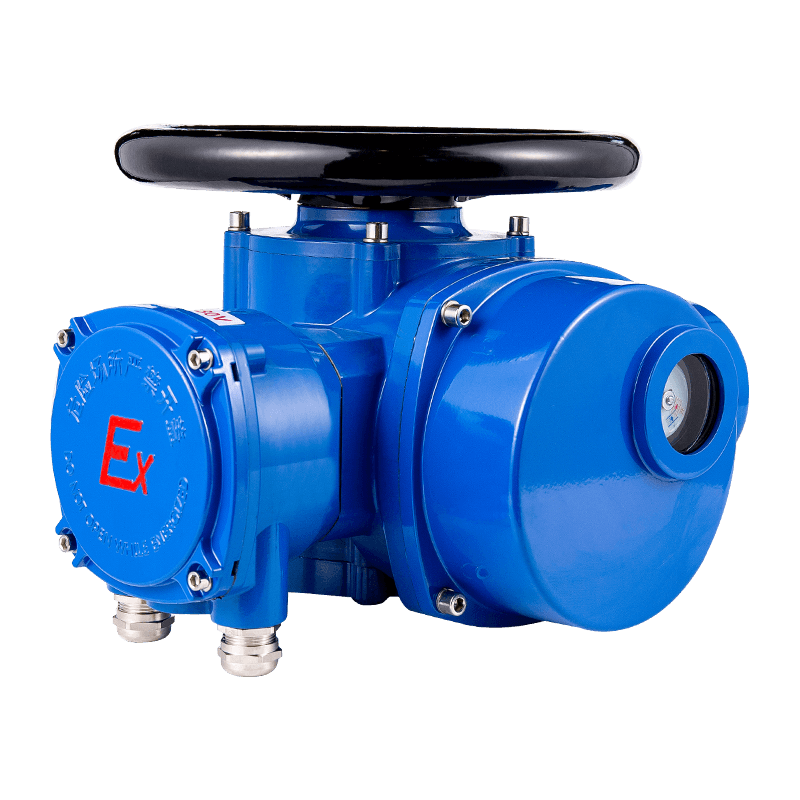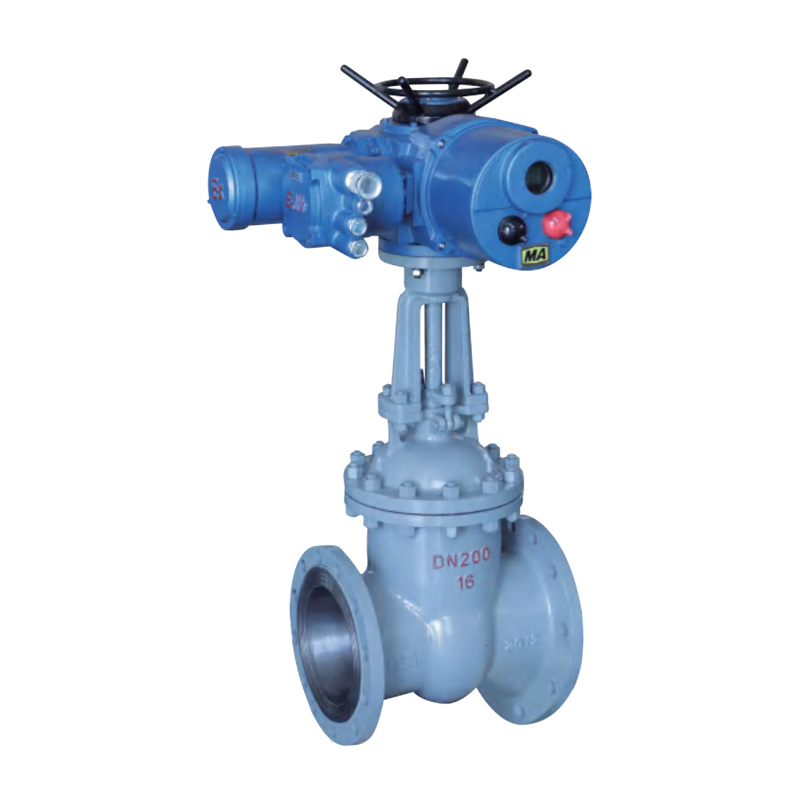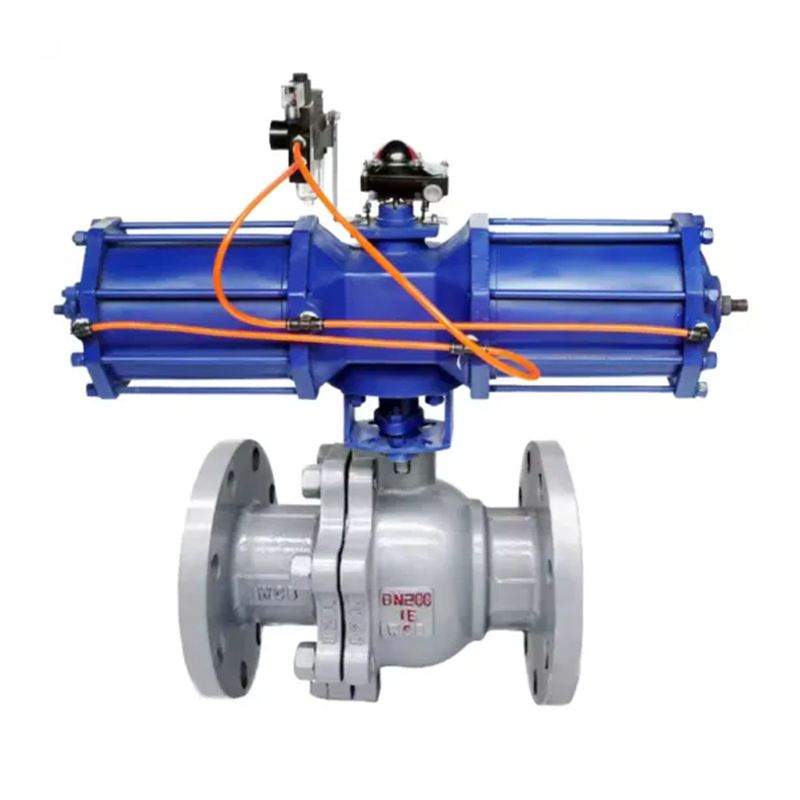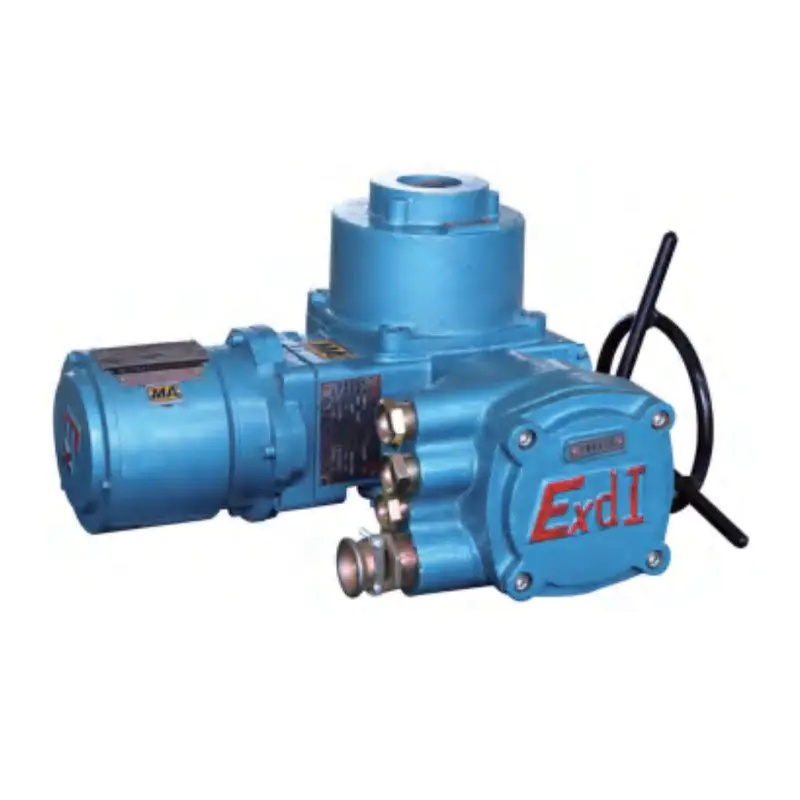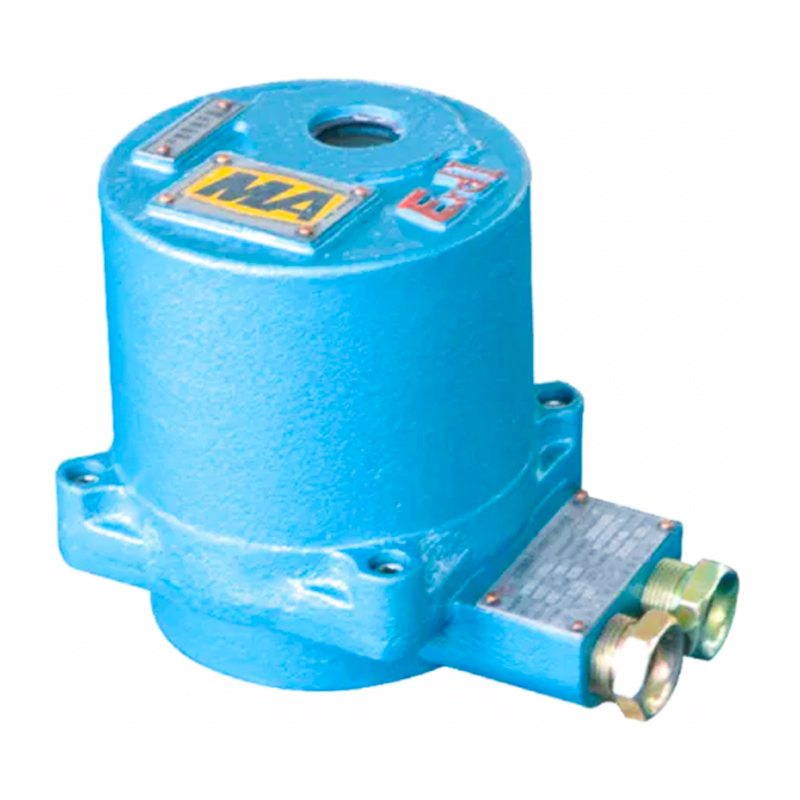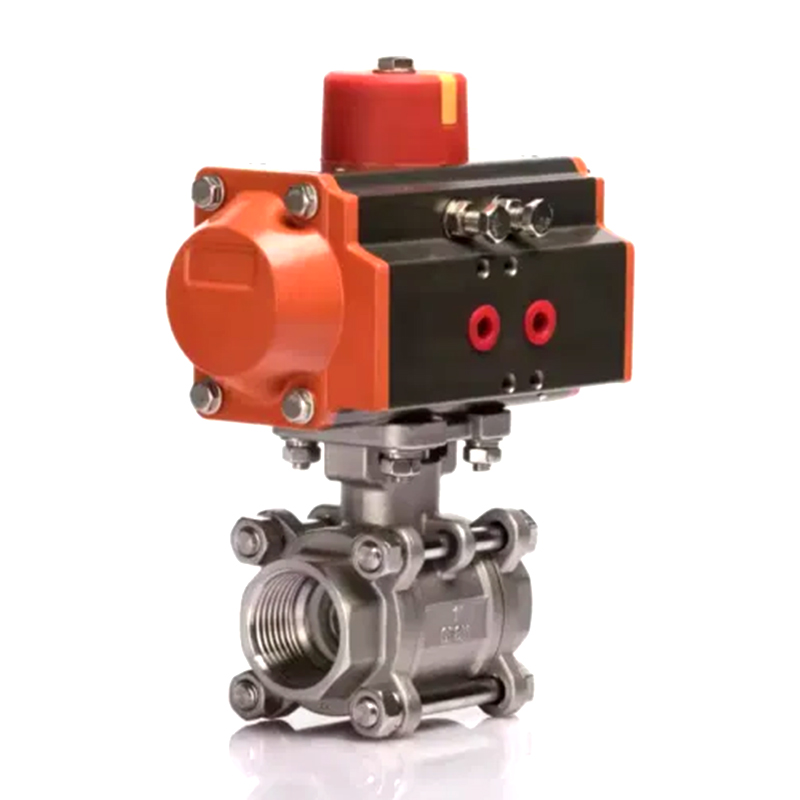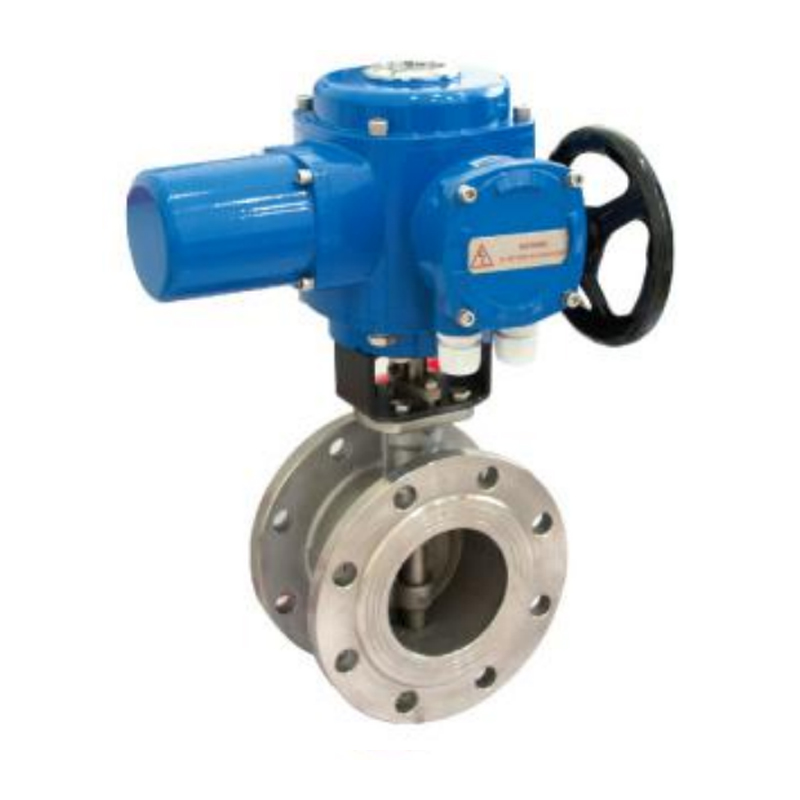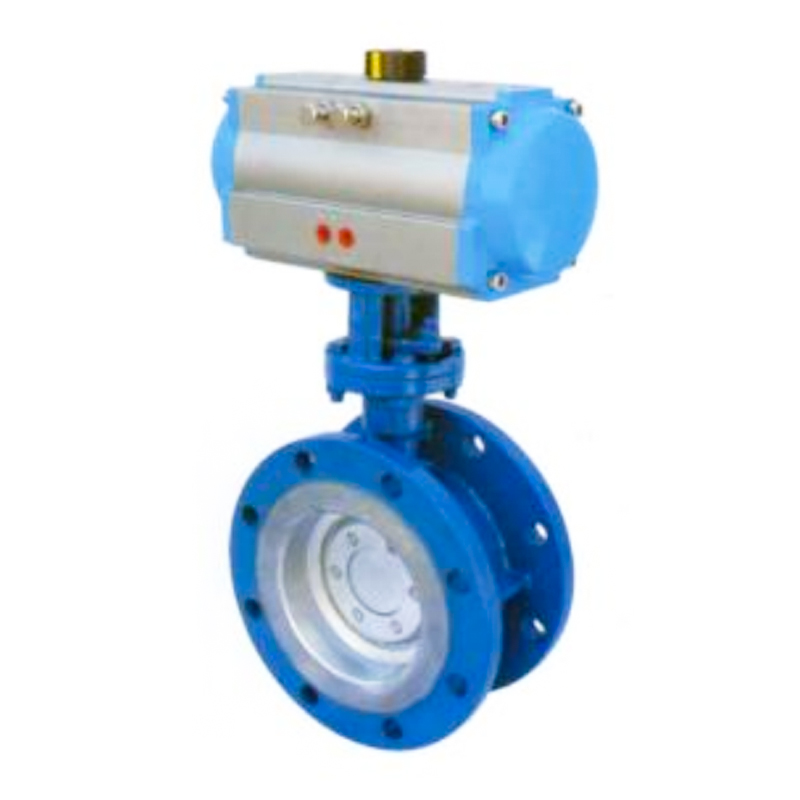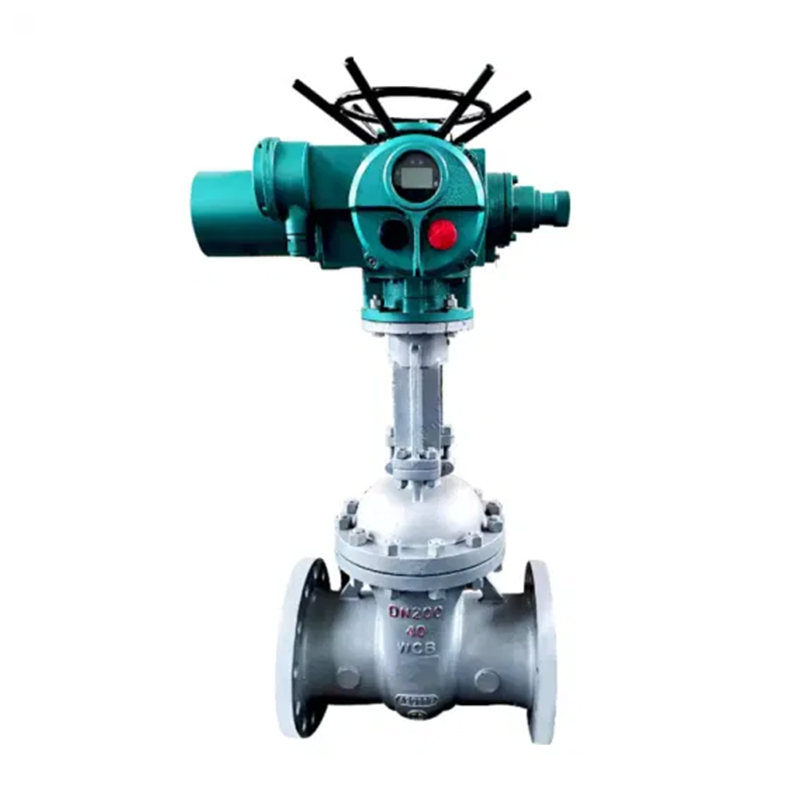0086 15335008985

How does a rack-and-pinion pneumatic actuator achieve precise 90-degree angular travel control?
In the field of industrial automation, precise angle control is essential for actuators such as valves, baffles, and sorting mechanisms. Rack-and-pinion pneumatic actuators, with their unique mechanical transmission structure, can efficiently and reliably convert air pressure-driven linear motion into precise 90-degree rotational motion, making them the preferred solution for many key application scenarios.
The core motion conversion mechanism of rack-and-pinion pneumatic actuators is based on the principle of gear meshing. When compressed air acts on the piston, the piston moves linearly in the cylinder, and the rack fixed to the piston moves accordingly. Because the rack is precisely meshed with the pinion on the output shaft, the linear displacement of the rack is directly converted into the rotational motion of the gear. This transmission method has extremely high mechanical determinism, ensuring that the output shaft rotates stably to a 90-degree position under the set air pressure and accurately resets when the air is reversed. Compared with actuators that rely on connecting rods or cam mechanisms, the rack-and-pinion structure reduces energy loss and position deviation during motion transmission, thereby improving positioning accuracy and response speed.
The reliability of this structure stems from its simple and efficient mechanical design. The meshing contact surface between the gear and the rack is large, and the stress distribution is uniform, which enables the actuator to withstand high radial and axial loads while reducing local wear. In addition, the meshing of the gear and rack is a rigid transmission, which avoids the elastic deformation and slippage problems that may exist in belt or chain transmission, thereby ensuring the consistency of repeated positioning. This feature is particularly important in applications that require frequent starts and stops or rapid reversing, and can effectively reduce control errors caused by transmission lag.
The 90-degree angular stroke design of the rack and pinion pneumatic actuator makes it particularly suitable for occasions that require rapid switching actions, such as the opening and closing control of industrial valves. Since the rotation angle of the gear is linearly related to the displacement of the rack, the end point of the actuator's stroke can be accurately set by mechanical limit or external sensor to ensure that each action can be accurately in place. At the same time, the structure allows different torque requirements to be adapted by adjusting the rack length or gear module without changing the overall design, which enhances the adaptability of the product.
In terms of maintenance, rack and pinion actuators also have advantages. Its transmission components (gears, racks, pistons) are all made of wear-resistant materials, and their service life can be further extended by lubrication. Due to the simple structure and fewer failure points, daily maintenance only requires regular checks of lubrication status and gear meshing, which greatly reduces downtime maintenance costs. Even after long-term high-load operation, the wear of gears or racks usually presents a gradual characteristic rather than sudden failure, which makes it easy for users to arrange replacement plans in advance to avoid unexpected downtime.
In terms of energy utilization efficiency, rack and pinion transmission is more efficient than other mechanical conversion methods. Since there is almost no sliding friction in gear meshing, most of the air pressure energy is directly converted into mechanical rotational motion rather than heat loss. This feature enables the actuator to output greater torque under the same air pressure conditions, or reduce energy consumption under the same load requirements, which is in line with the modern industry's pursuit of energy-saving equipment.




 русский
русский Español
Español
